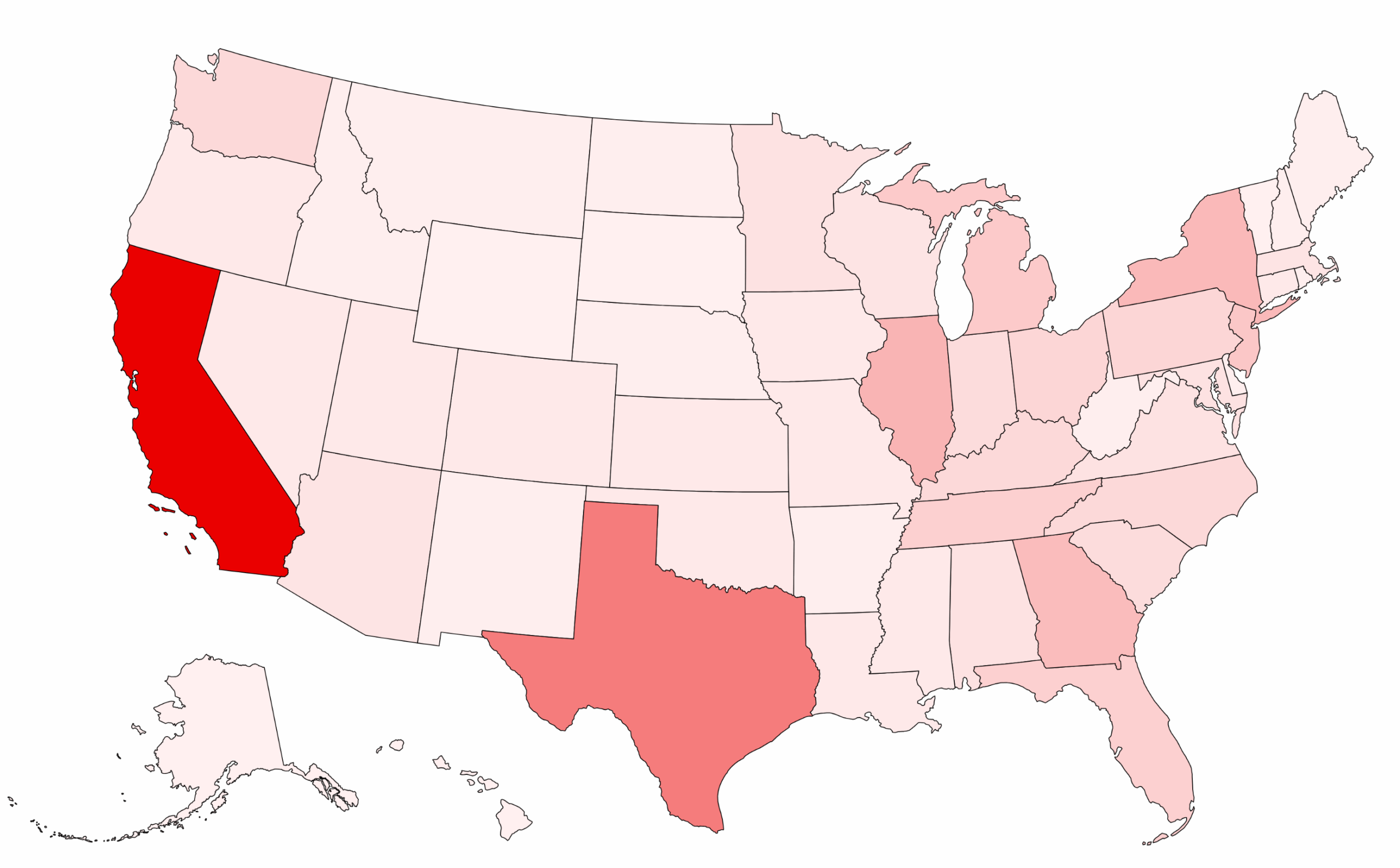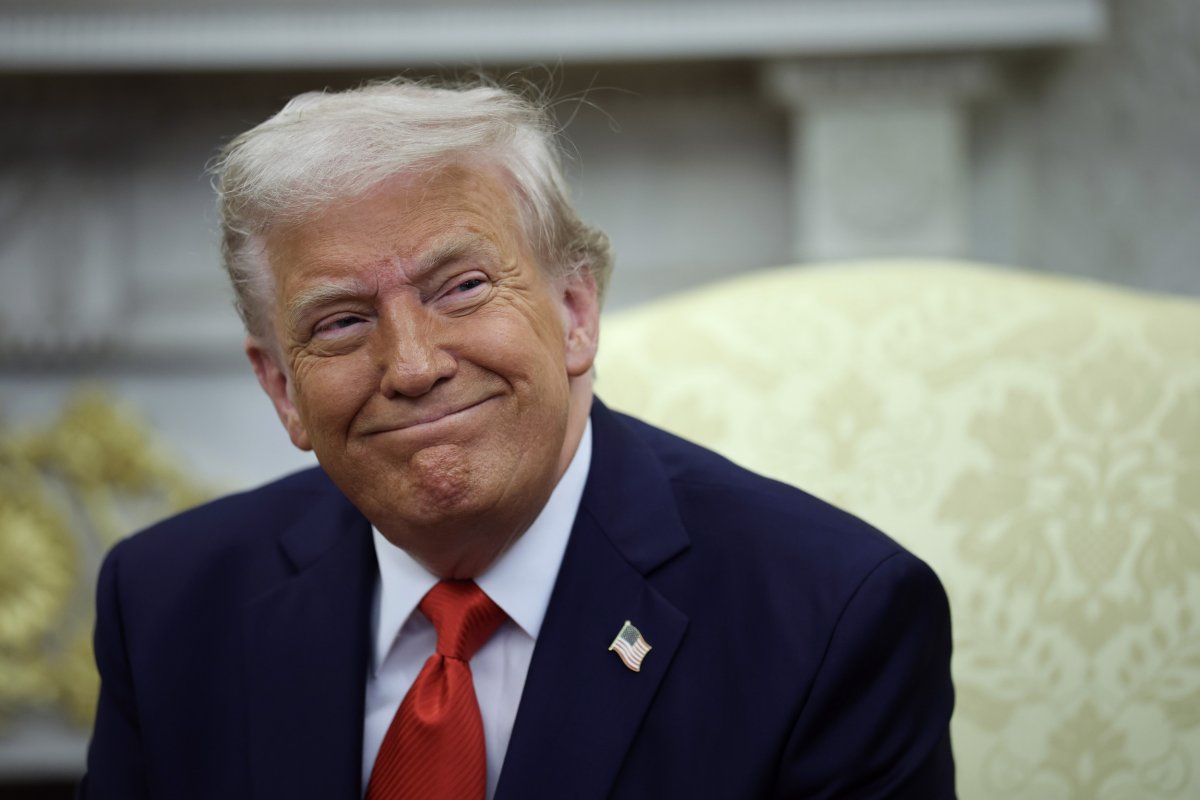
Under America’s new trading framework, and the continually expanding list of nations and goods subject to President Donald Trump‘s tariffs, many states will be forced to spend billions more to sustain their current levels of imports.
The effects will not be felt equally across the U.S., with the structure of each states’ economy and their import-reliance dictating how significant these will be.
Why It Matters
The Trump administration has said that the tariffs can serve as a catalyst for re-domesticating manufacturing in the U.S., while addressing trade imbalances that have long disadvantaged American producers and the country’s economy as a whole. Critics have warned that the impacts could be severe, with companies likely passing on their increased costs to consumers, with retaliation by America’s trading partners also harming American firms overseas.
What To Know
According to analysis by economic policy research firm Trade Partnership Worldwide, cited by ABC News, California will be hit hardest by the tariffs in 2025.
California—the nation’s largest importer, particularly of computers and other electronic products—is projected to pay more than $170 billion in import taxes in 2025 if the current tariffs stay in place.
California is followed by Texas at $82.7 billion and Illinois at $41.9 billion, with almost every other state expected to pay over $1 billion in import costs.
The estimates were based on 2024 import data for each state, and assume that import demand will remain flat. The predictions were compiled prior to Trump’s announcement of a 90-day pause on all reciprocal tariffs, as well as the hikes to China’s tariff rate imposed since April 2.
Daniel Anthony, president of Trade Partnership Worldwide, told ABC News that the eventual impacts on all states would likely be lower, as the tariffs are expected to dampen demand for imports, resulting in fewer import taxes being collected.

Win McNamee/Getty Images
Recent analysis by the Budget Lab at Yale found that the administration’s trade policies could cost American households an average of $4,900 per year in the short-term, assuming they remain at current levels and there are no “consumption shifts” away from increasingly costly imports, though the latter is anticipated.
What People Are Saying
Economist Gary Hufbauer told Newsweek previously that he expects an extension to the 90-day pause on reciprocal tariffs for most countries, with the exception of China and possibly the European Union. He added that Trump will likely be able to secure “some trade concessions and purchase commitments” during the initial pause.
The World Trade Organization (WTO), in its most recent “Global Trade Outlook and Statistics” report, said: “The outlook for global trade has deteriorated sharply due to a surge in tariffs and trade policy uncertainty (TPU). Based on measures in place as of 14 April, including the suspension of ‘reciprocal tariffs’ by the United States, the volume of world merchandise trade is now expected to decline by 0.2 percent in 2025 before posting a modest recovery of 2.5 percent in 2026.”
What Happens Next
Aside from those on China, which has continued to respond to Trump’s tariffs with retaliatory moves of its own, the reciprocal tariffs have been paused for 90 days following Trump’s April 9 announcement. The administration stating the move is intended to give other countries an opportunity to propose more favorable trade agreements with the U.S.
